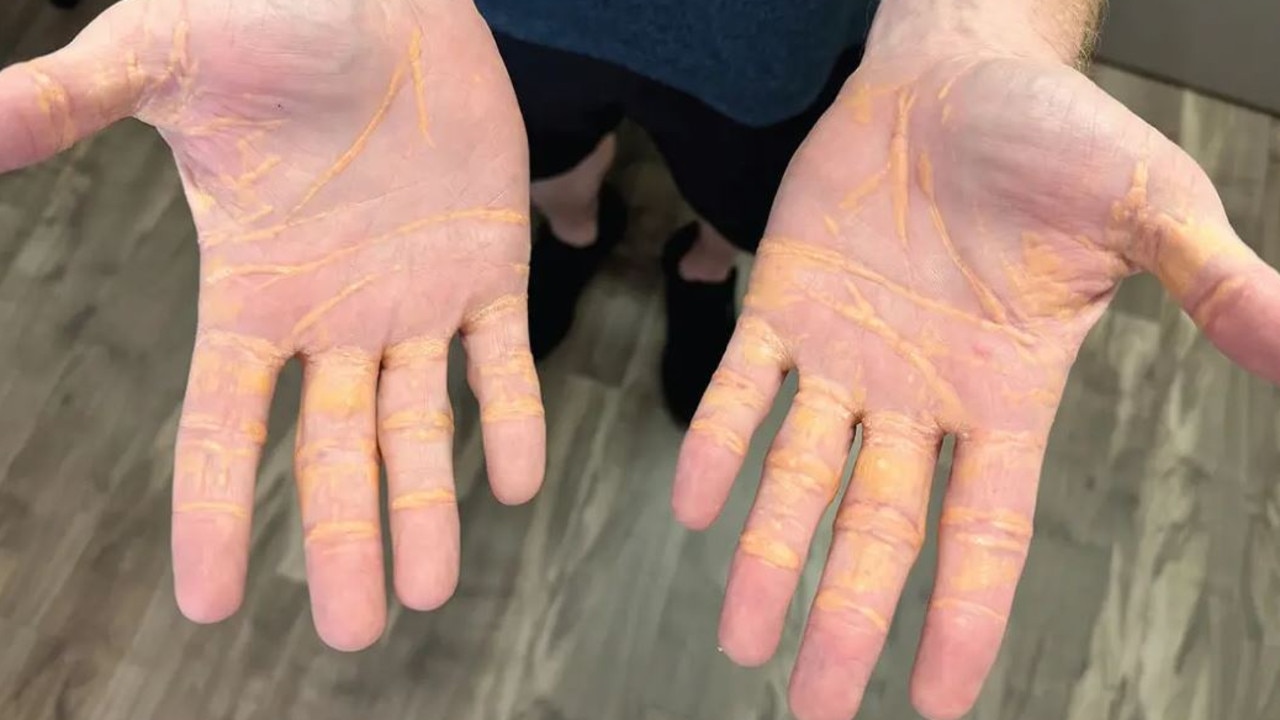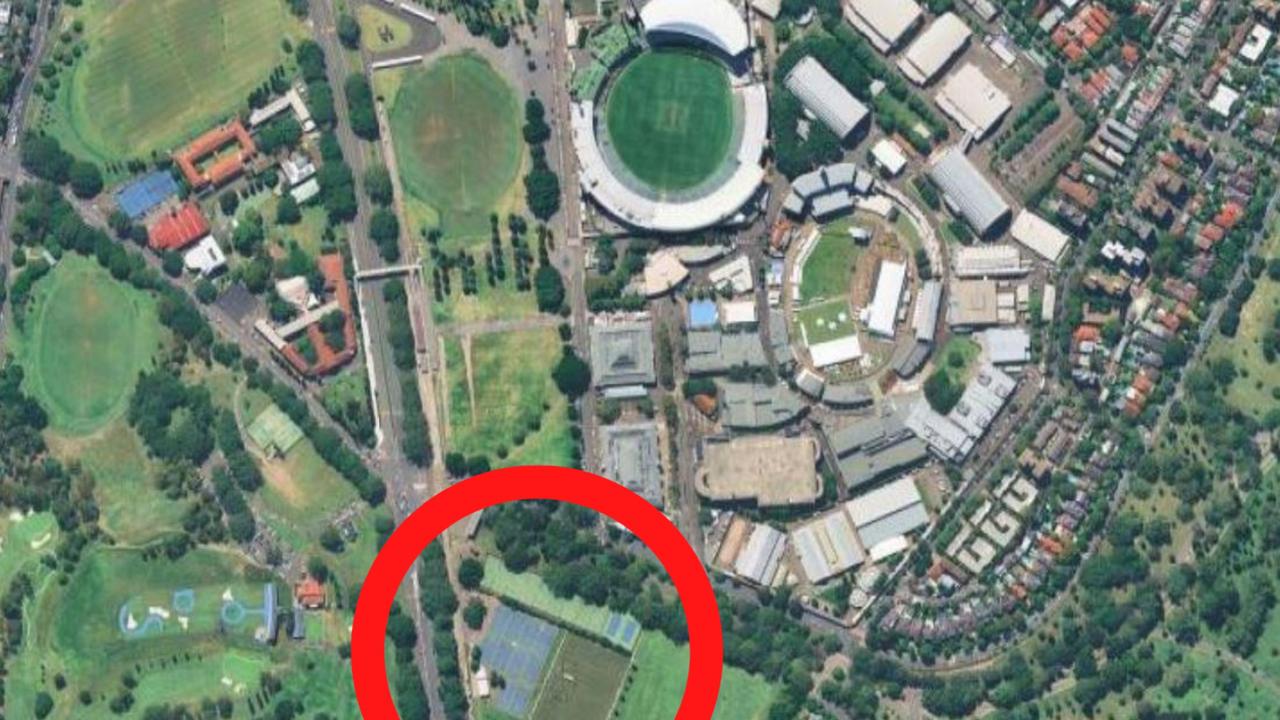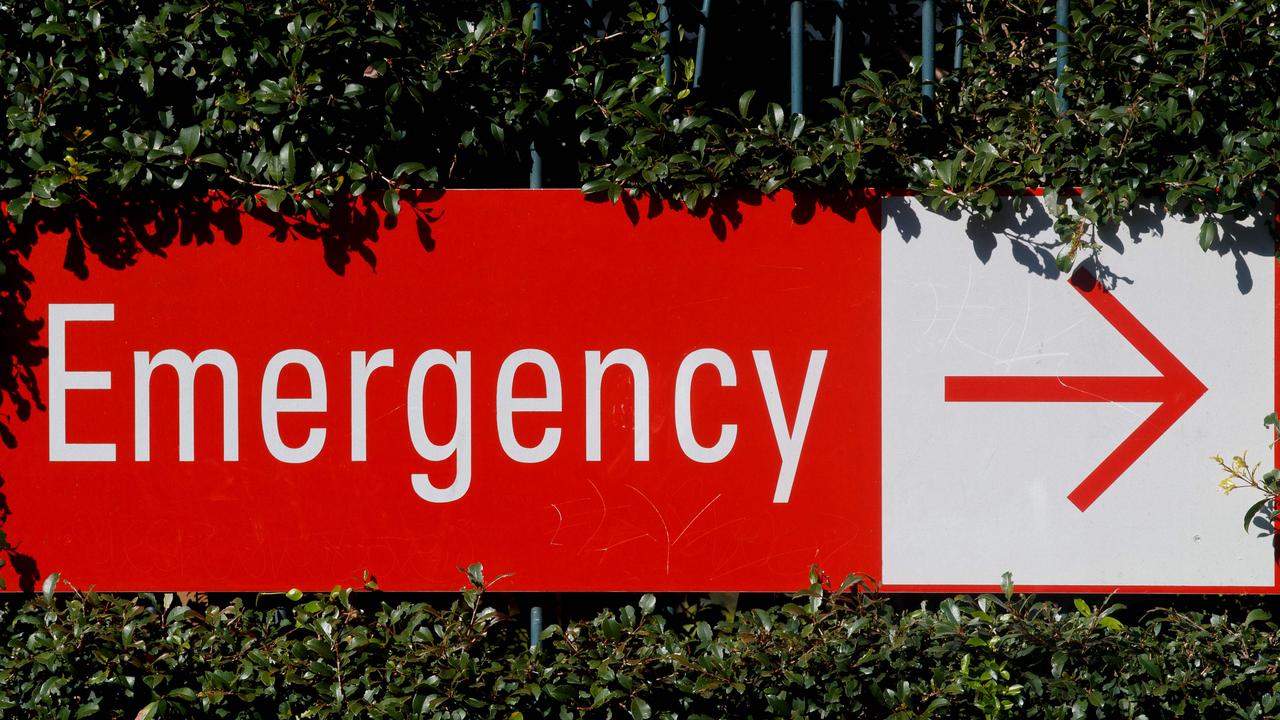WHO calls urgent meeting after killer virus outbreak
Nine are dead and thousands in lockdown after the outbreak of a rare, highly deadly virus, as the WHO calls an “urgent” meeting.
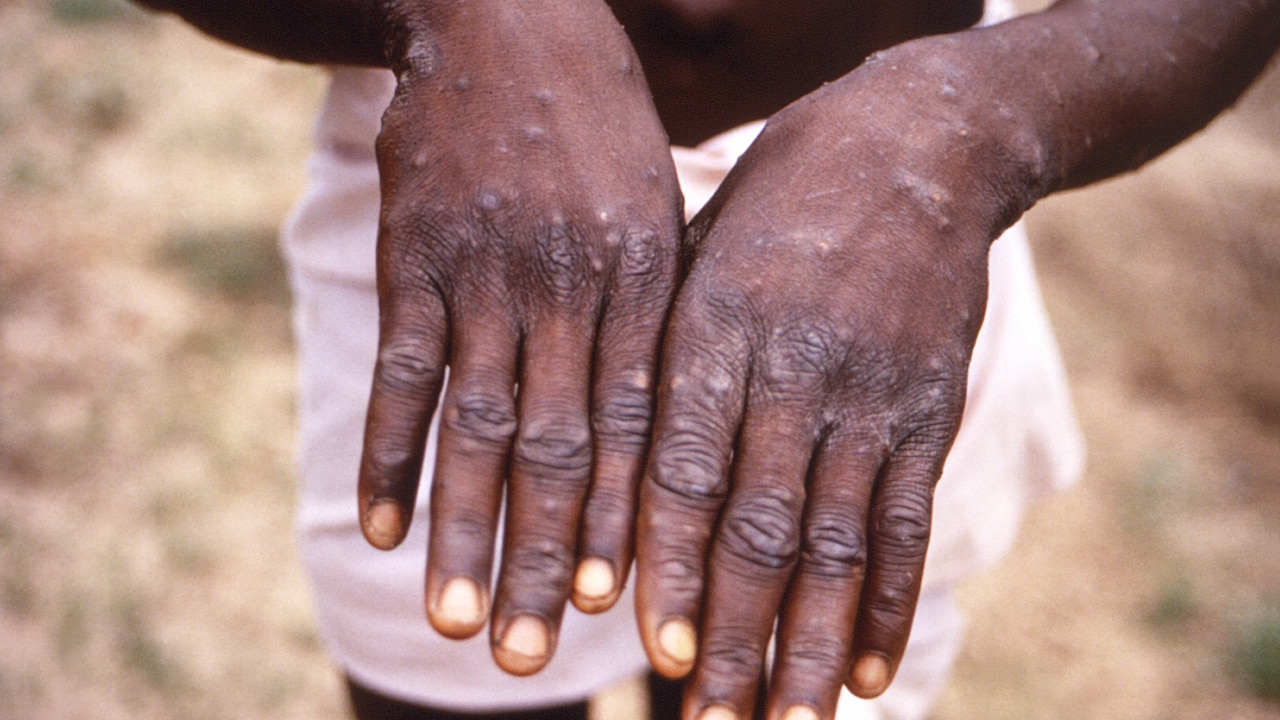
The World Health Organisation convened for an “urgent” meeting on Tuesday in response to an outbreak of the deadly Marburg virus in Africa.
A least nine people are confirmed to have died in the virus’s first-ever outbreak in Equatorial Guinea, prompting WHO officials to meet to discuss progress on vaccine and treatment candidates.
The Marburg virus is one of the deadliest diseases known to man. It causes haemorrhagic fever with a fatality ratio as high as 88% — far deadlier than its better-known cousin the Ebola virus, which has wreaked havoc across parts of Africa.
Like Ebola, the disease is transmitted to people from fruit bats and spreads in humans through direct contact with bodily fluids of infected people and surfaces such as bedsheets or clothes, the WHO said.
There are no vaccines or antiviral treatments for the deadly virus.
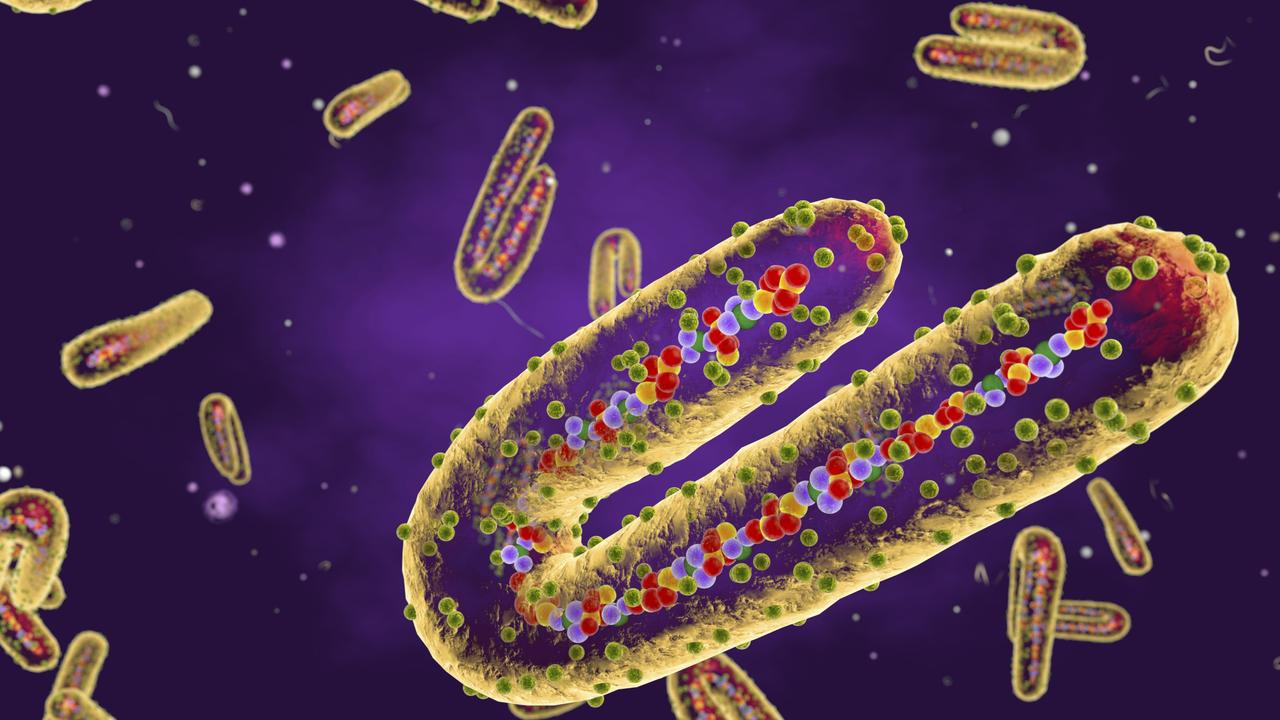
“Marburg is highly infectious. Thanks to the rapid and decisive action by the Equatorial Guinean authorities in confirming the disease, emergency response can get to full steam quickly so that we save lives and halt the virus as soon as possible,” said Matshidiso Moeti, WHO Regional Director for Africa.
Samples from Equatorial Guinea were sent to a lab in Senegal to pinpoint the cause of the outbreak after an alert from a local health official last week, the WHO said.
So far, nine people out of a suspected 16 cases have died, with symptoms including fever, fatigue, diarrhoea and bloodstained vomit.
Symptoms of the Marburg virus
Painful symptoms take hold rapidly, and patients typically develop severe haemorrhagic symptoms within seven days, WHO said.
After days of infection, patients have been described as showing “ghostlike” drawn features, deep-set eyes, expressionless faces and extreme lethargy, the agency said.
Fatal cases usually involve blood in vomit and faeces as well as bleeding from the nose, gums and vagina.
The WHO said it was sending medical experts and protective equipment to help officials in Equatorial Guinea curb the outbreak.
In neighbouring Cameroon, suspected cases were detected on Monday in Olamze, a commune on the border with Equatorial Guinea, and the country restricted movement in the region.
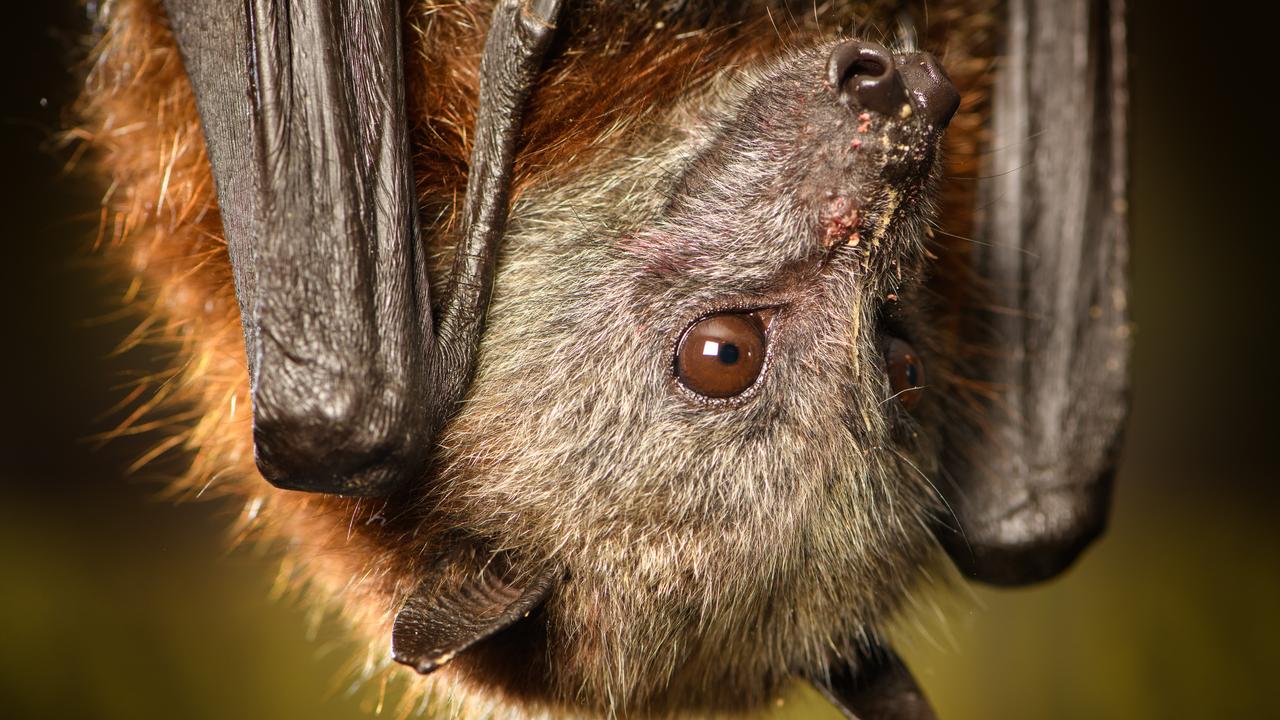
“Surveillance in the field has been intensified,” said George Ameh, WHO’s country representative in Equatorial Guinea.
“Contact tracing, as you know, is a cornerstone of the response. We have … redeployed the Covid-19 teams that were there for contact tracing and quickly retrofitted them to really help us out,” Dr Ameh said.
The WHO convened the urgent meeting of the Marburg virus vaccine consortium (MARVAC), which includes representatives from the field of vaccine research and development, working to develop vaccines against the deadly virus.
Currently, there are no authorised vaccines or antiviral treatments for the Marburg virus, however, WHO said that survival is improved with supportive care like rehydration with oral or IV fluids.
A number of treatments such as blood products, immune and drug therapies and vaccine candidates are being evaluated.
“We’re working on a 30-day response plan where we should be able to quantify what are the exact measures and quantify what are the exact needs,” Dr Ameh said.
Marburg killed 90% of 252 infected people in a 2004 outbreak in Angola. Last year, there were two reported Marburg deaths in Ghana.
The rare virus was first identified in 1967 after it caused simultaneous outbreaks of disease in laboratories in Marburg, Germany and Belgrade, Serbia. Seven people who were exposed to the virus while conducting research on monkeys died.
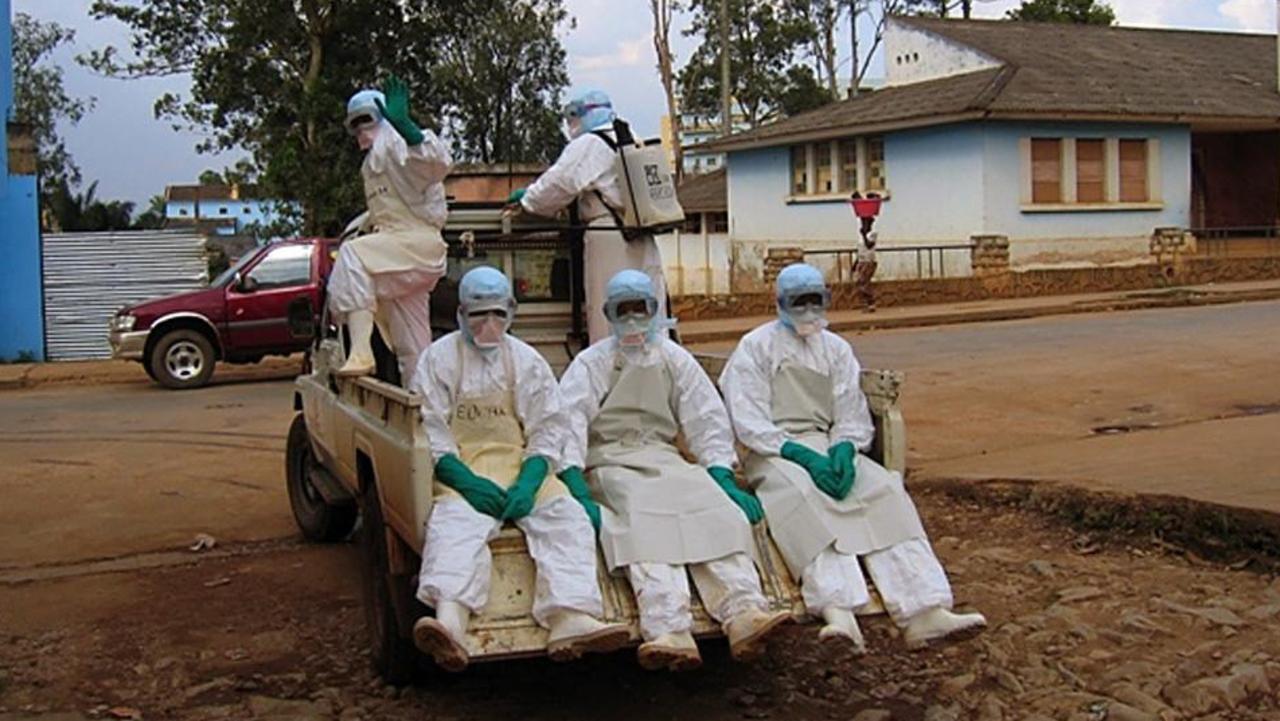
‘Lockdown plan implemented’
Tuesday’s announcement came after Equatorial Guinea’s health minister, Mitoha Ondo’o Ayekaba, said late Monday that nine people had died in the country’s first outbreak of the disease.
He said a health alert had been declared in Kie-Ntem province and in the neighbouring district of Mongomo, with a “lockdown plan implemented” after consulting with the WHO.
The lockdown is affecting 4,325 people in Kie-Ntem, he said.
The government had announced last week that it was investigating the cause of suspect cases of haemorrhagic fever in a densely forested eastern region near the borders of Gabon and Cameroon on Africa’s central western coast — but said only three people had shown “light symptoms”.
The nine deaths occurred between January 7 and February 7, the minister added, with testing still to be carried out on a “suspicious” death in hospital on February 10.
The WHO said in a statement Monday that in addition to the nine deaths, 16 other people in Kie-Ntem had shown suspect symptoms including fever and vomiting blood.
The natural host of the Marburg virus is the African fruit bat, which carries the virus but does not fall sick from it.
But the animals can pass the virus to primates, including humans, when in close proximity. Human-to-human transmission then occurs through contact with blood or other bodily fluids.
Fatality rates in confirmed cases have ranged from 24 per cent to 88 per cent in previous outbreaks, depending on the virus strain and case management, according to the WHO
— with AFP.
This article originally appeared in the New York Post and was republished with permission.



